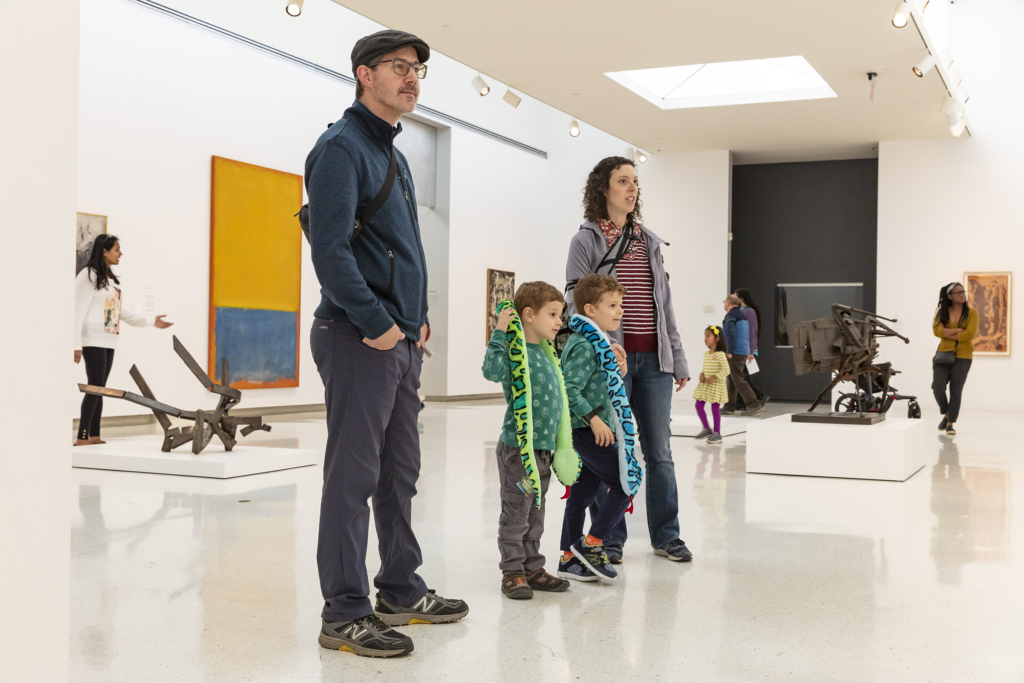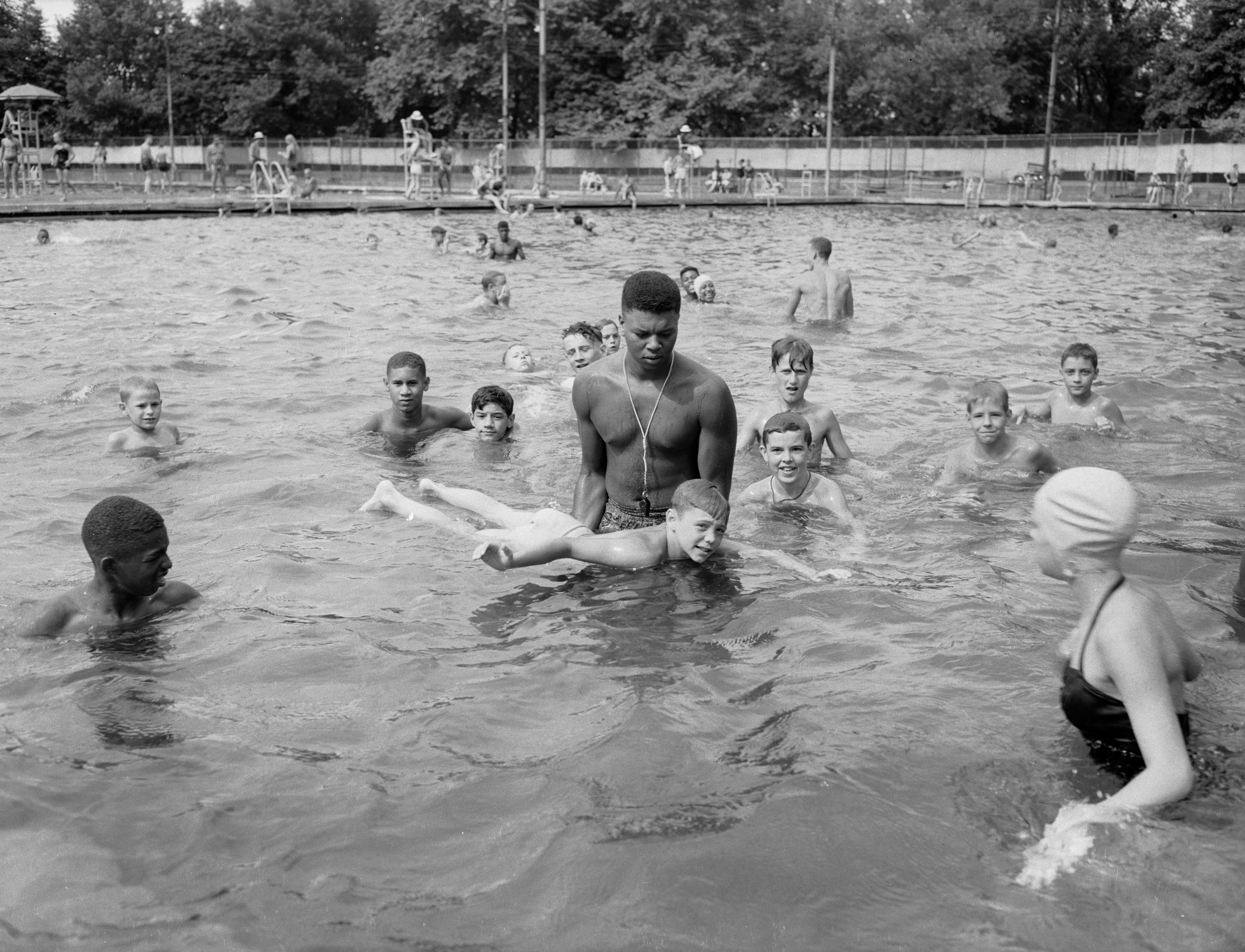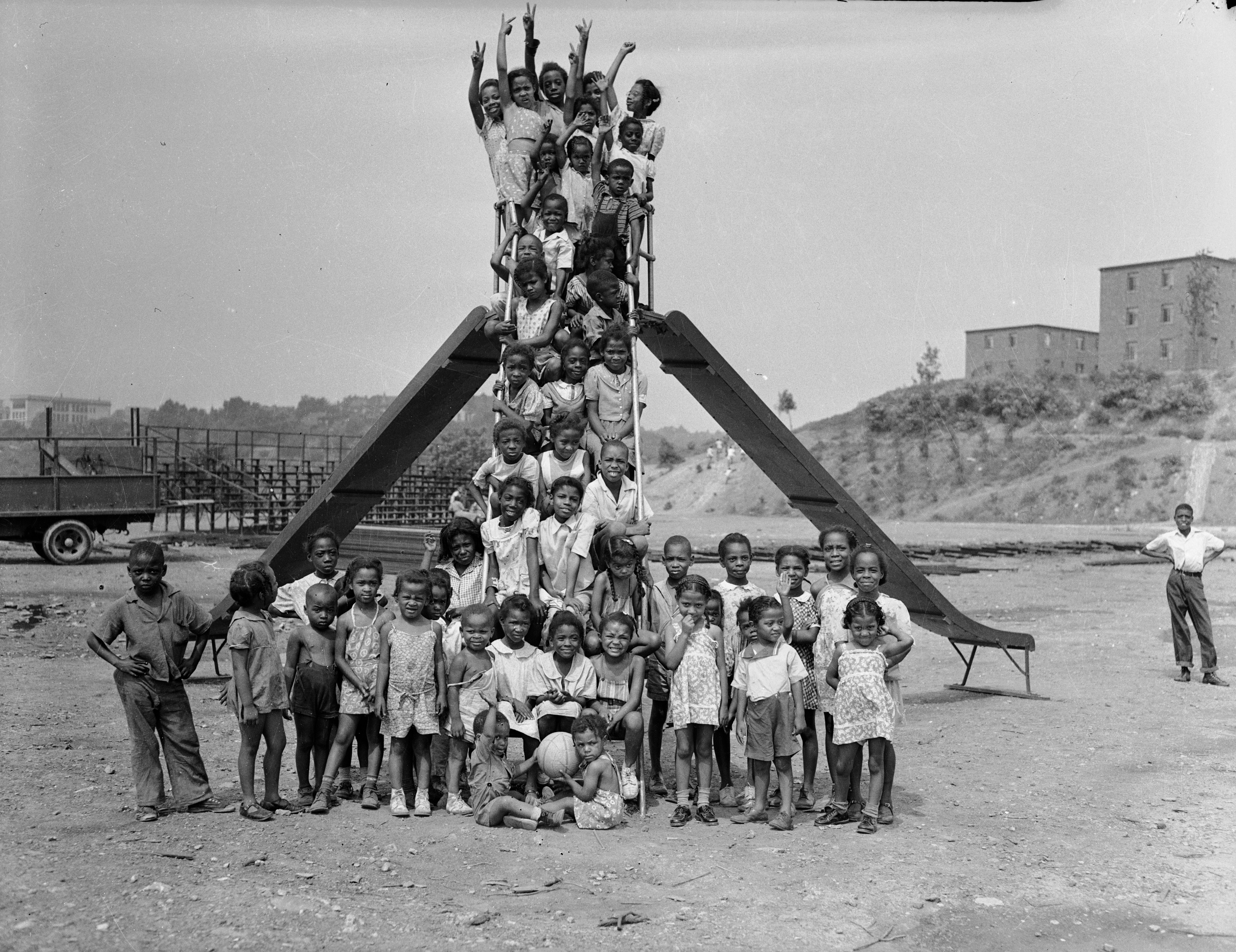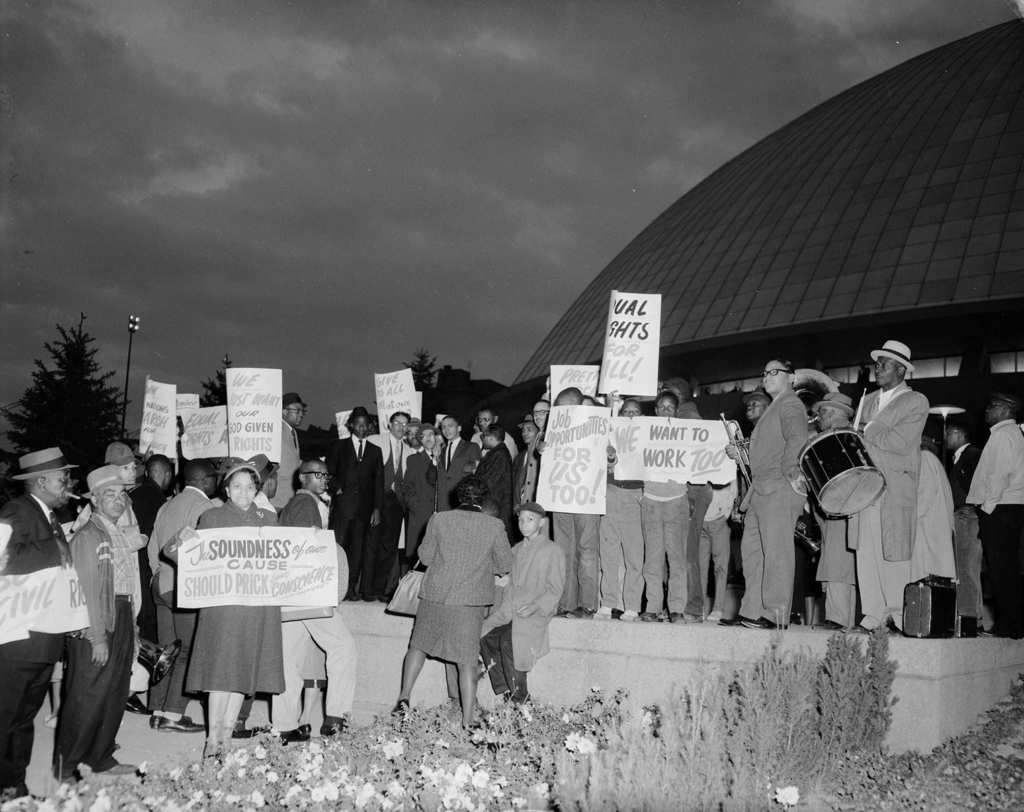Experience the work of Charles “Teenie” Harris as never before!
Since 2001, Carnegie Museum of Art has been stewarding the Charles “Teenie” Harris Archive consisting of over 70,000 black-and-white and color negatives, prints, and films. This gallery is an expansive expression of the archive, offering unparalleled access to the breadth of Harris’s body of work with never-before-seen color photographs and moving images alongside iconic black-and-white photographs, film negatives, and recorded oral histories.
As a community resource, the Charles “Teenie” Harris Archive is activated through the research, memories, and generational connections of the community, as well as through the dedicated work of our museum staff. This gallery provides multiple points of entry into the artist’s legacy and history, creating a space for each visitor to recognize themselves as archivists.
What You’ll Encounter
This gallery offers visitors more extensive access to the archive than ever before. When you visit, you’ll experience:
- Prints of photographs made by Harris.
- A timeline that marks major moments in local, national, and international history, as well as key moments in Harris’s personal life.
- A three-channel projection of digitized photos and videos on constant rotation.
- Oral histories and related ephemera offering deeper engagement with individual photographs.
- Light boxes with original negatives from the archive.
About Charles “Teenie” Harris
A lifelong Pittsburgher born and raised in the Hill District neighborhood, Charles “Teenie” Harris (1908–1998) chronicled the city’s ever-changing communities as well as the fullness of Black life and experiences in midcentury America. Harris and his camera were a part of people’s social organizations, cultural spaces, and intimate moments at home. From 1936 to 1953, he owned and operated Harris Studio in the Hill District. He also worked as a photojournalist, initially as a freelancer from 1938 to 1953, then as a full-time staff member at the Pittsburgh Courier, one of the country’s largest and most influential African American-owned newspapers, until 1975. After retiring from the Courier, Harris continued documenting the world around him while incorporating the innovation of color film and moving images until his passing.















